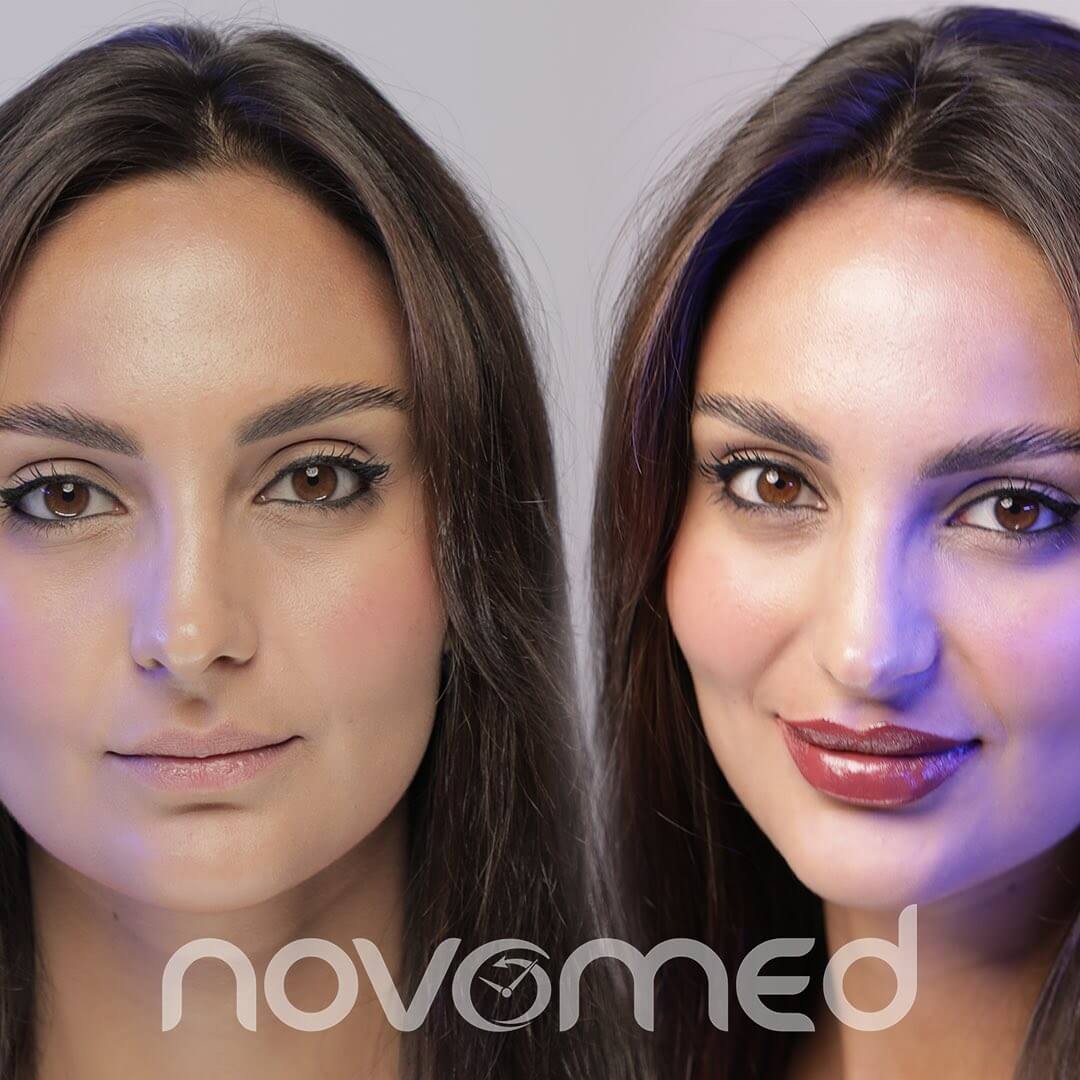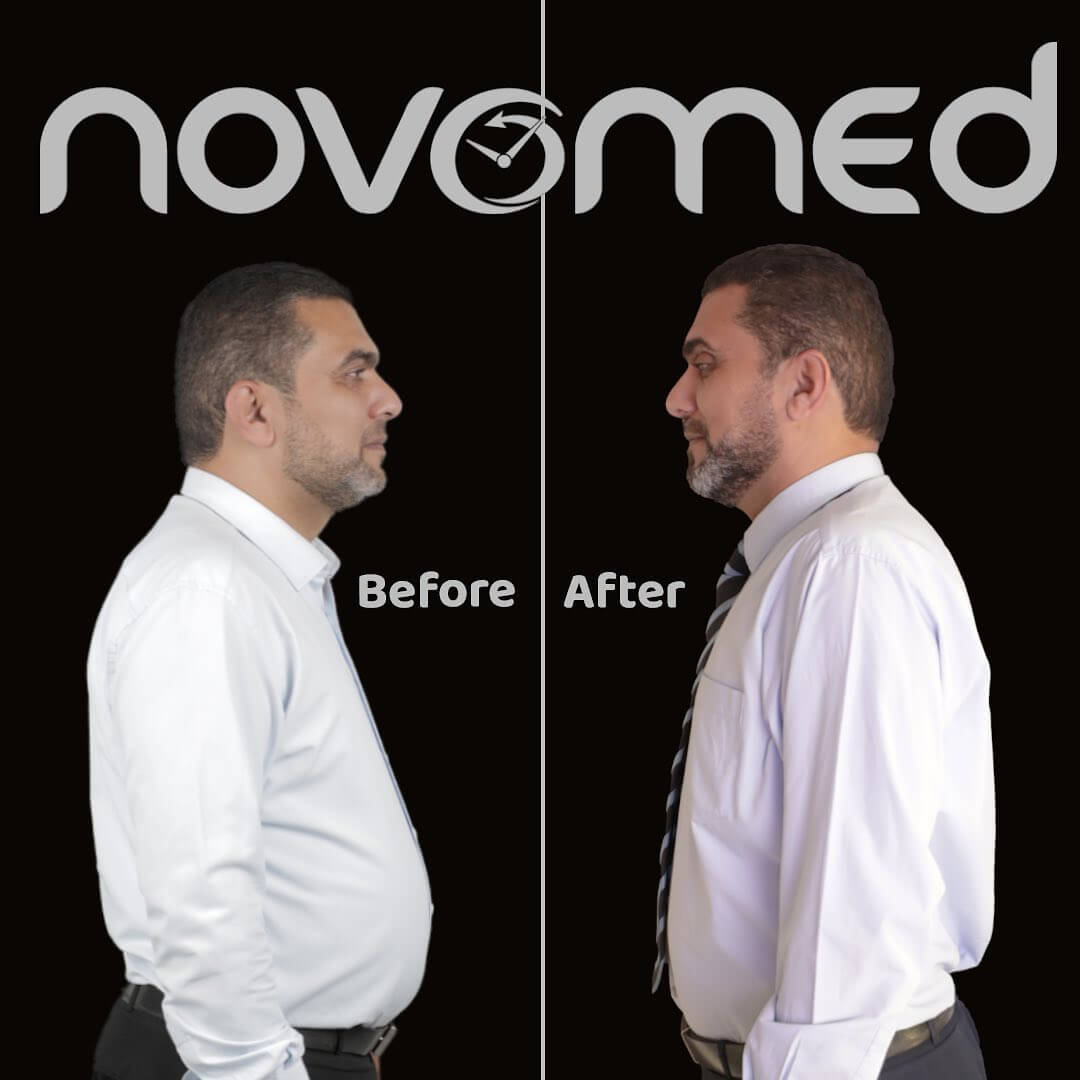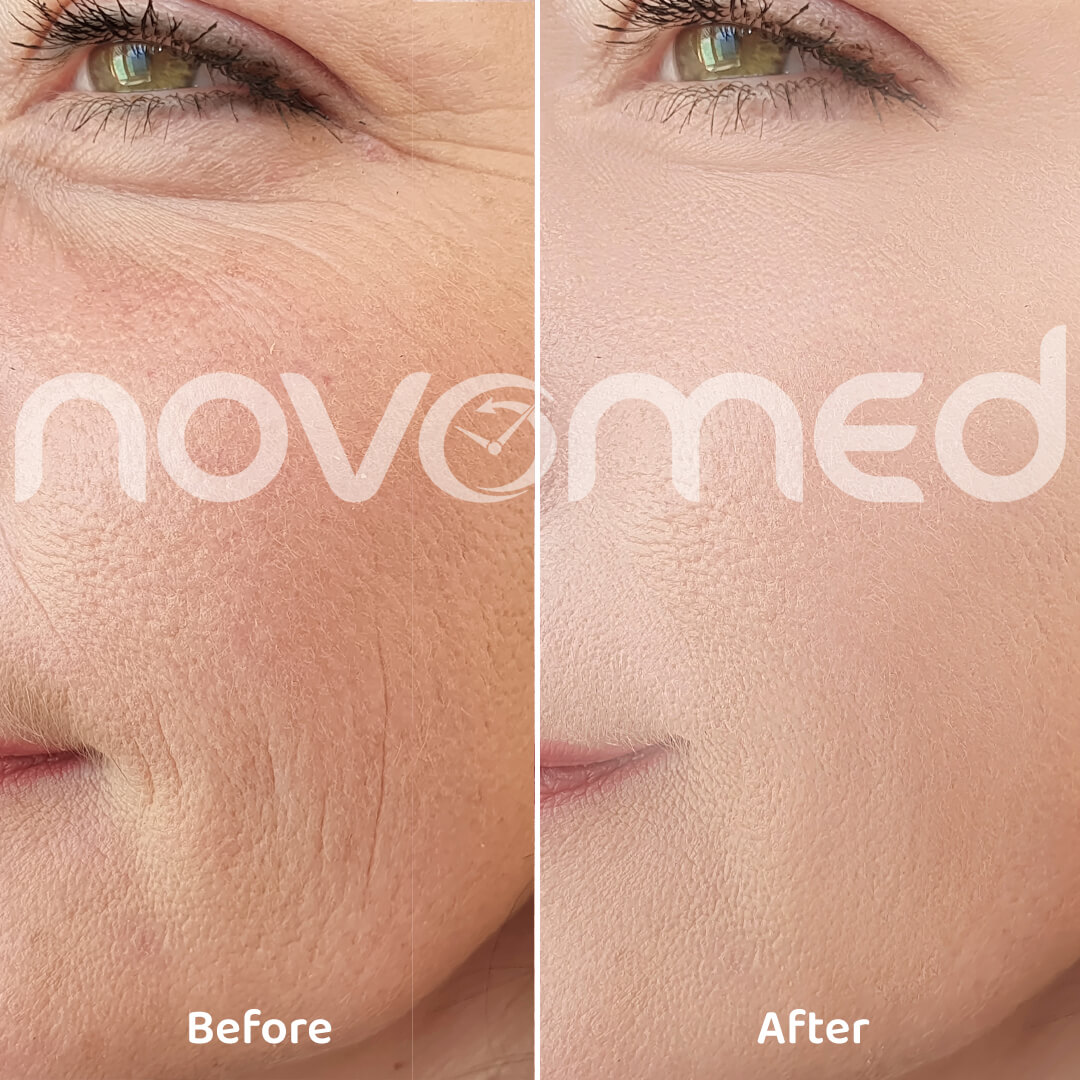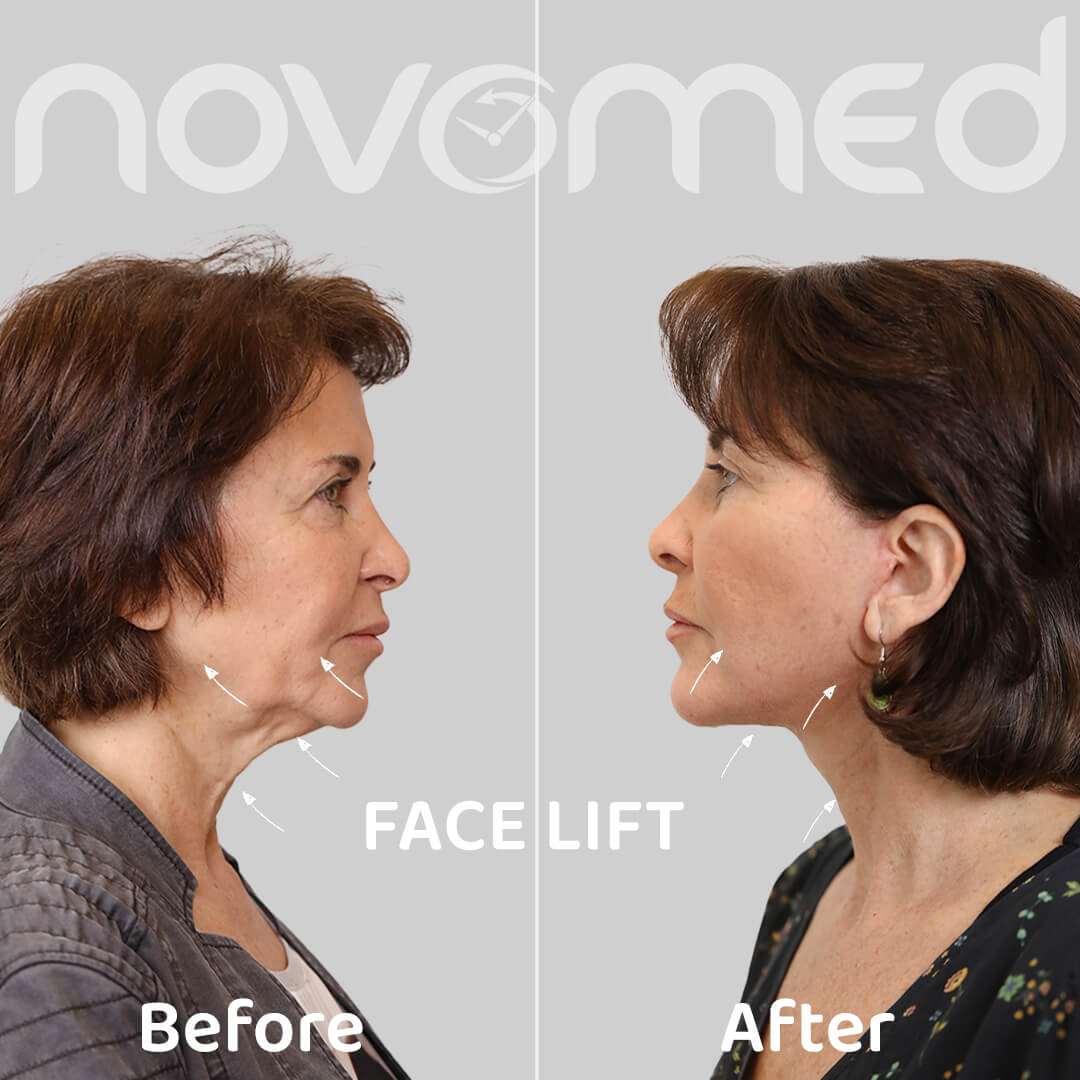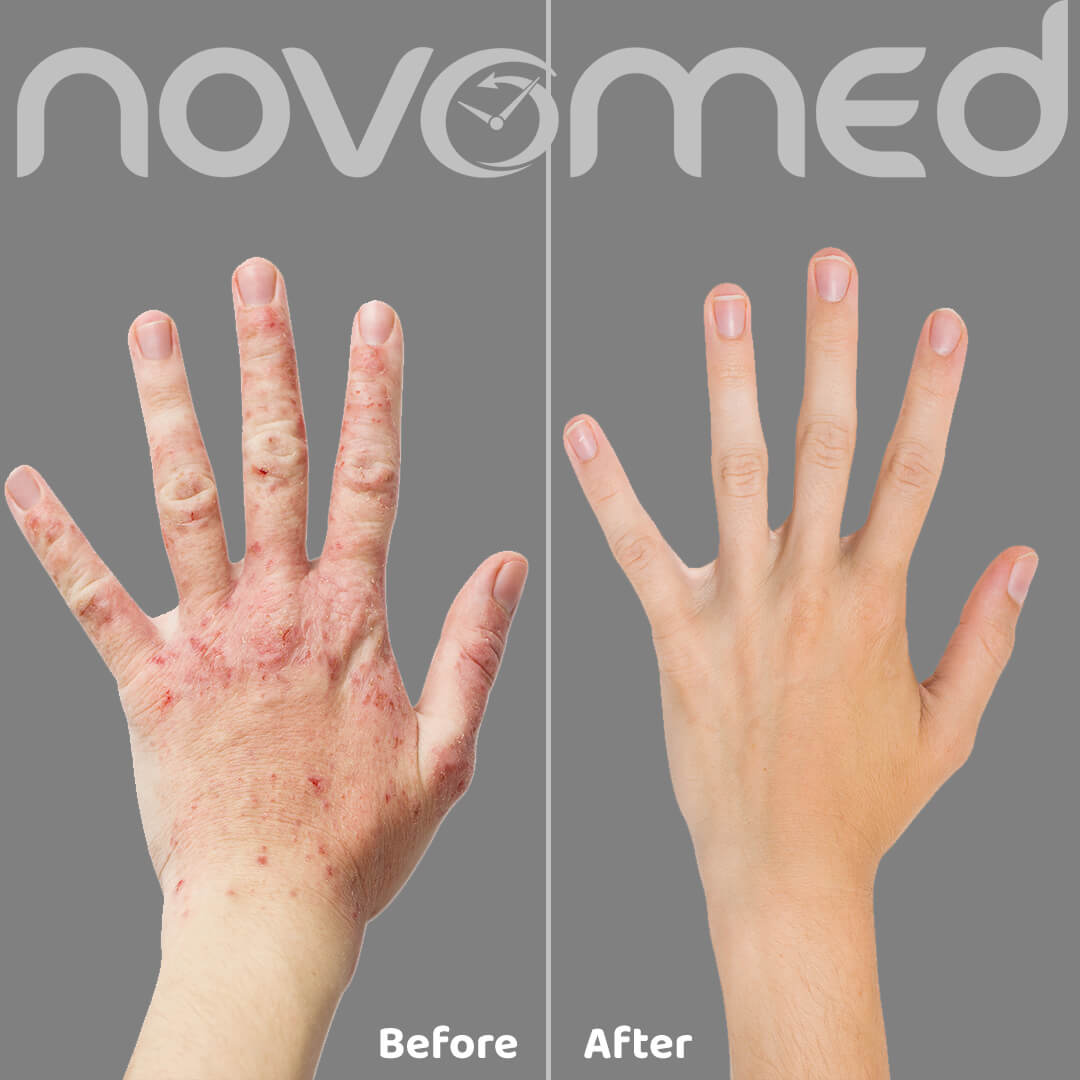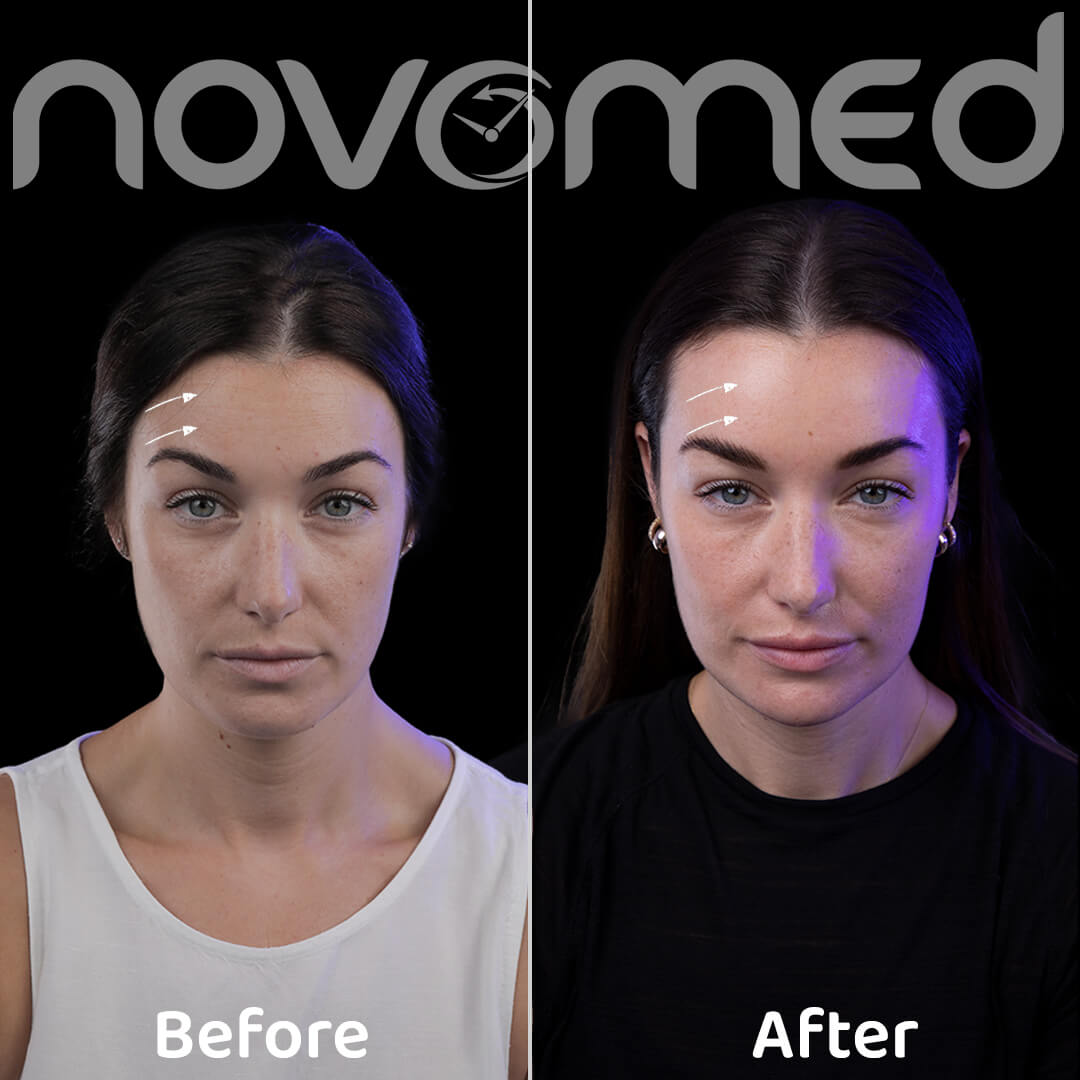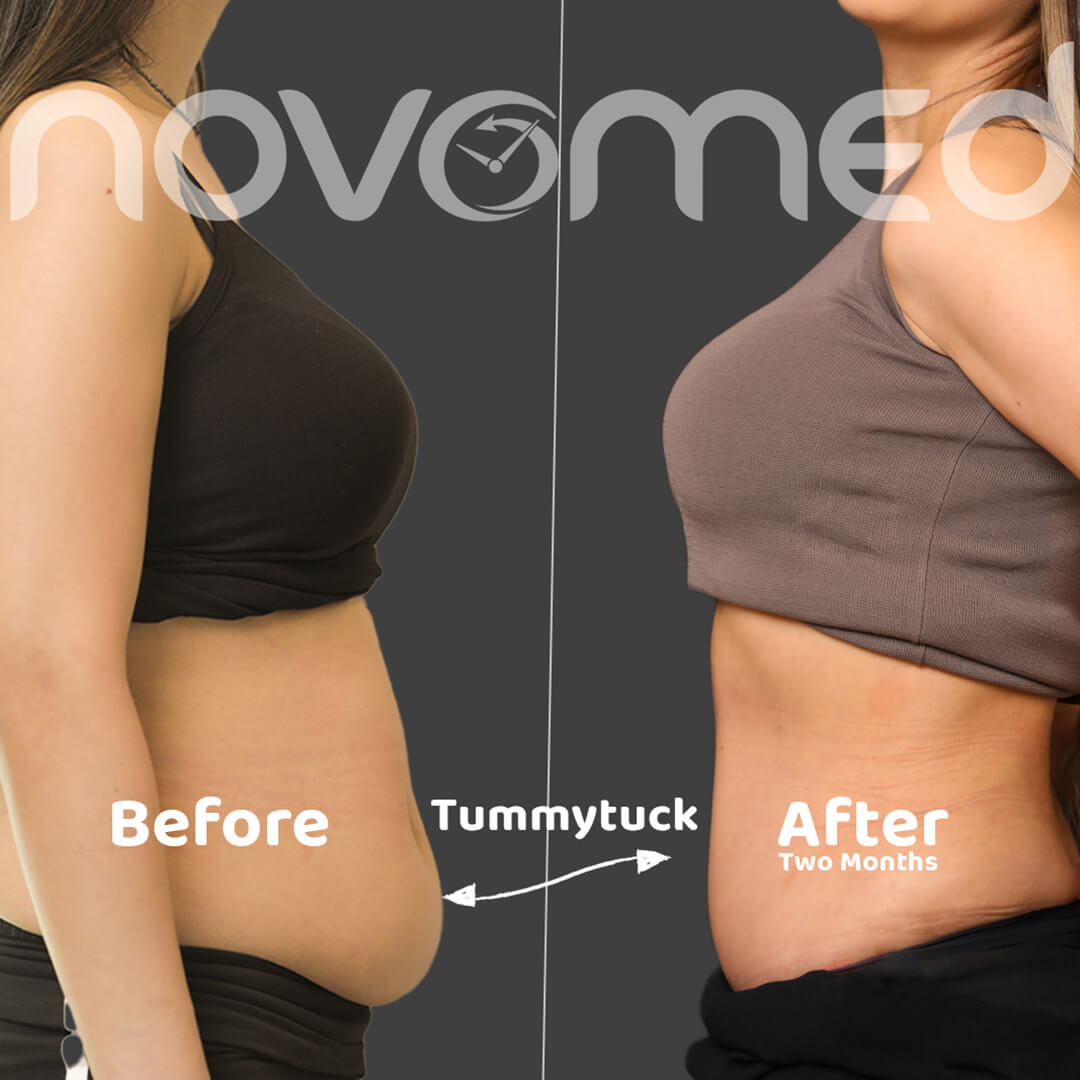What is a Frozen Shoulder?
The inability to move the shoulder freely due to a rigid and painful shoulder capsule is a condition called Frozen Shoulder. It is a common symptom, and the condition usually progresses slowly. A thickening and stiffness of the joint capsule is a common symptom of a frozen shoulder. However, the specific cause is only sometimes apparent.
Exercising the shoulder’s range of motion is part of the treatment for a frozen shoulder. Joint injections of corticosteroids and analgesics are occasionally necessary for therapy. In extremely rare cases, arthroscopic surgery may be required to relax the joint capsule, allowing for more mobility.
Signs and Symptoms:
- Pain: Persistent shoulder pain, often worsening at night.
- Stiffness: Gradual loss of shoulder mobility, making routine activities challenging.
- Limited Range of Motion: Difficulty reaching overhead or behind the back.
What causes a frozen shoulder?
A frozen shoulder develops when the capsule around the shoulder joint gets thicker and tighter, causing pain and limited movement. The exact cause isn’t always clear, but some things that may play a role are inflammation from previous injuries or surgeries, autoimmune responses that cause scar tissue to form, a higher risk for people aged 40 to 60 and women, links to systemic diseases like diabetes or heart problems, hormonal changes like those that happen during menopause, possible genetic predispositions, and the effect of not being able to move your shoulder for a long time after surgery or an injury. Recognizing these factors is essential for knowing the situation and addressing it promptly.
What are the various stages of a Frozen Shoulder?
The development of a frozen shoulder typically progresses through stages, each characterized by different symptoms:
- Pain Stage: Persistent shoulder pain, especially at night.
- Frozen Stage: Gradual loss of shoulder mobility and increased stiffness.
- Thawing Stage: Improvement in shoulder mobility, although the process may take several months to years.
Our Approach to Frozen Shoulder Care:
Accurate Diagnosis: Our experienced team begins with a thorough examination and may use imaging tests to diagnose the extent of the frozen shoulder precisely.
Personalized Treatment Plans: Every individual is unique, as is their journey with a frozen shoulder. Our specialists tailor treatment plans to address specific symptoms and goals.
Physical Therapy: Targeted physical therapy exercises improve flexibility and range of motion.
Stretching Exercises: Targeted stretches to improve flexibility.
Strengthening Exercises: Strengthening the shoulder muscles to enhance support.
Pain Management:
Anti-Inflammatory Medications: To ease discomfort and reduce inflammation caused by a frozen shoulder, your doctor may offer nonsteroidal anti-inflammatory medicines (NSAIDs) or pain relievers.
Corticosteroid Injections: Injections of corticosteroids into the shoulder joint provide short-term relief from pain and inflammation, facilitating the progress of physical therapy.
Heat and Ice Therapy: Applying heat to the shoulder helps relax muscles and improve blood circulation, while ice can soothe inflammation and numb the area. Combining both approaches can be effective.
Joint Distension: A sterile water injection into the joint capsule can relax and enlarge it, allowing for more mobility in certain instances; this procedure is known as joint distension.
Manipulation Under Anesthesia (MUA): MUA is a procedure where the patient undergoes controlled shoulder manipulation while under anaesthesia. This can help break up adhesions and improve mobility.
Surgical Intervention: In rare instances when conservative treatments aren’t effective, surgical options such as arthroscopic capsular release may be explored.
How do you manage a frozen shoulder?
Effectively managing a frozen shoulder involves a multifaceted approach. Patient education is crucial, emphasizing understanding the condition, adopting self-care measures, and recognizing the importance of consistent exercises tailored to the individual. Simultaneously, activity modification is the key—avoiding actions that worsen shoulder pain and limiting excessive overhead movements can prevent further aggravation and contribute to successfully managing a frozen shoulder.
Your Path to Freedom:
At Novomed, our dedicated team is committed to guiding you to rediscover pain-free and unrestricted shoulder movement. We understand the impact a frozen shoulder can have on your daily life, and our comprehensive care is designed to provide relief and restore function.
Don’t let a frozen shoulder limit your life—contact us today to schedule a consultation and benefit from an early diagnosis.






